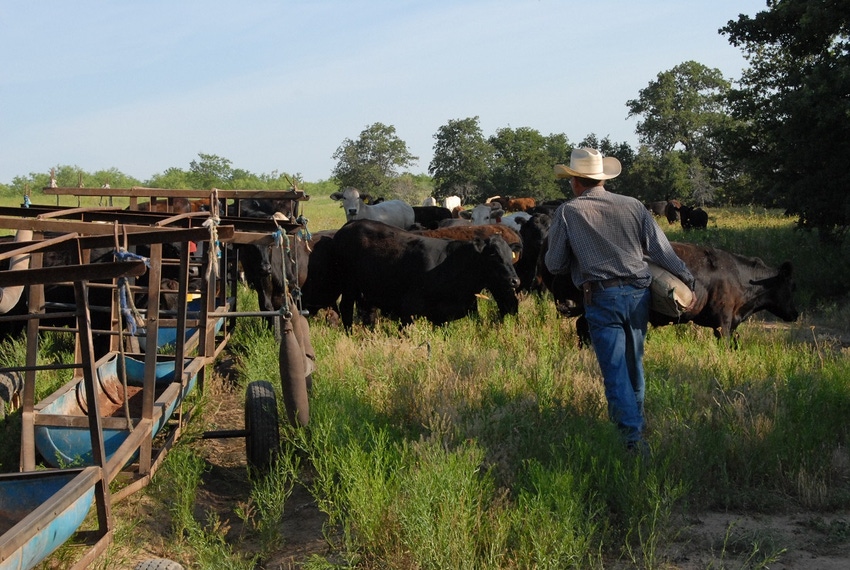
Some mineral deficiencies are a serious and ongoing problem in the beef industry.
First, a majority of cattle have deficiencies in copper, says Jeffery Hall, veterinarian and head of the toxicology lab for the Utah Veterinary Diagnostic Laboratory. Hall's lab analyzes thousands of tissue samples from across the United States every year, and he says copper deficiencies can be found in 60-70% of all beef cattle tested.
Selenium deficiency is the second most common deficiency, and is found in 10-70% of cattle tissue samples, sometimes including samples from cattle in high-selenium regions normally known for producing selenium toxicity.
In addition, it's not uncommon to see deficiencies in vitamins E and A in a cyclical or seasonal manner. Both are common, for example, in calves born during the winter, after a severe drought because adequate levels of these two vitamins are dependent on green grass and momma can maintain them only a few months after the grass goes dormant.
Hall further adds he sometimes sees zinc deficiencies during or within two years after a severe drought. Manganese and cobalt deficiencies are rare in beef cattle, and often can be tied to other mineral excesses or deficiencies because of mineral interactions.
Where's the money?
To understand these problems and correct them is to unlock significant improvements in performance, reproduction and potential profit, Hall says.
Depending on severity of mineral problems and money spent to correct them, the return on investment can be as high as five to one, or slightly higher, Hall suggests. Here are some examples of why the return can be significant.
Correcting mild deficiencies can improve reproduction, decreasing open cows by 2-4%. Correcting severe deficiencies can decrease the number of open cows by 5-15%.
Improvements in neonatal calf health from correcting these common mineral deficiencies can include more saleable calves, less sickness, less labor expense and less medicinal expense. Improvements in the health of young calves can include less summer pneumonia, fewer weaning health issues and improved vaccine efficacy.
Weight gain improvements in a cow-calf operation can be 20-35 pounds per calf when correcting minor deficiencies, and 50 pounds or more when correcting major deficiencies.
Timing is critical
Since many of these problems manifest in calves and begin in utero, the fast-growth third trimester is a critical time to be certain cows are full-up on supplements, Hall says. With copper, selenium and zinc in particular, calves need to be born with ample supplies -- actually higher than seen in adult cattle. The reason they need such large stores at birth is twofold: They can triple their birth weight in the first 60-90 days, thereby diluting their stores from birth. This is especially so because levels of these minerals in milk are very low while at the same time a young calf is getting a major portion of its nutrition from milk.
The normal process is the cow moves these and other nutrients to the fetus during gestation. If there is a deficiency in the young calf it's because the cow had a deficiency. That can be caused by actual deficiency of these minerals in the diet, or it can happen because of interference by high levels of such minerals as iron, sulfur, selenium or molybdenum. (See the mineral wheel.)
In most cases, mineral supplement can be fed free choice to cattle to correct imbalances. In a few exceptions, such as in remote country such as summer grazing leases in the mountains, it may be necessary or useful to apply injectable supplements.
Read fundamentals of supplementation story tomorrow.
About the Author(s)
You May Also Like




